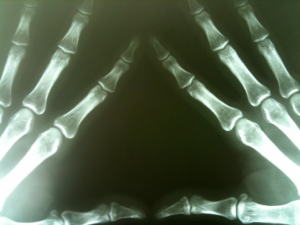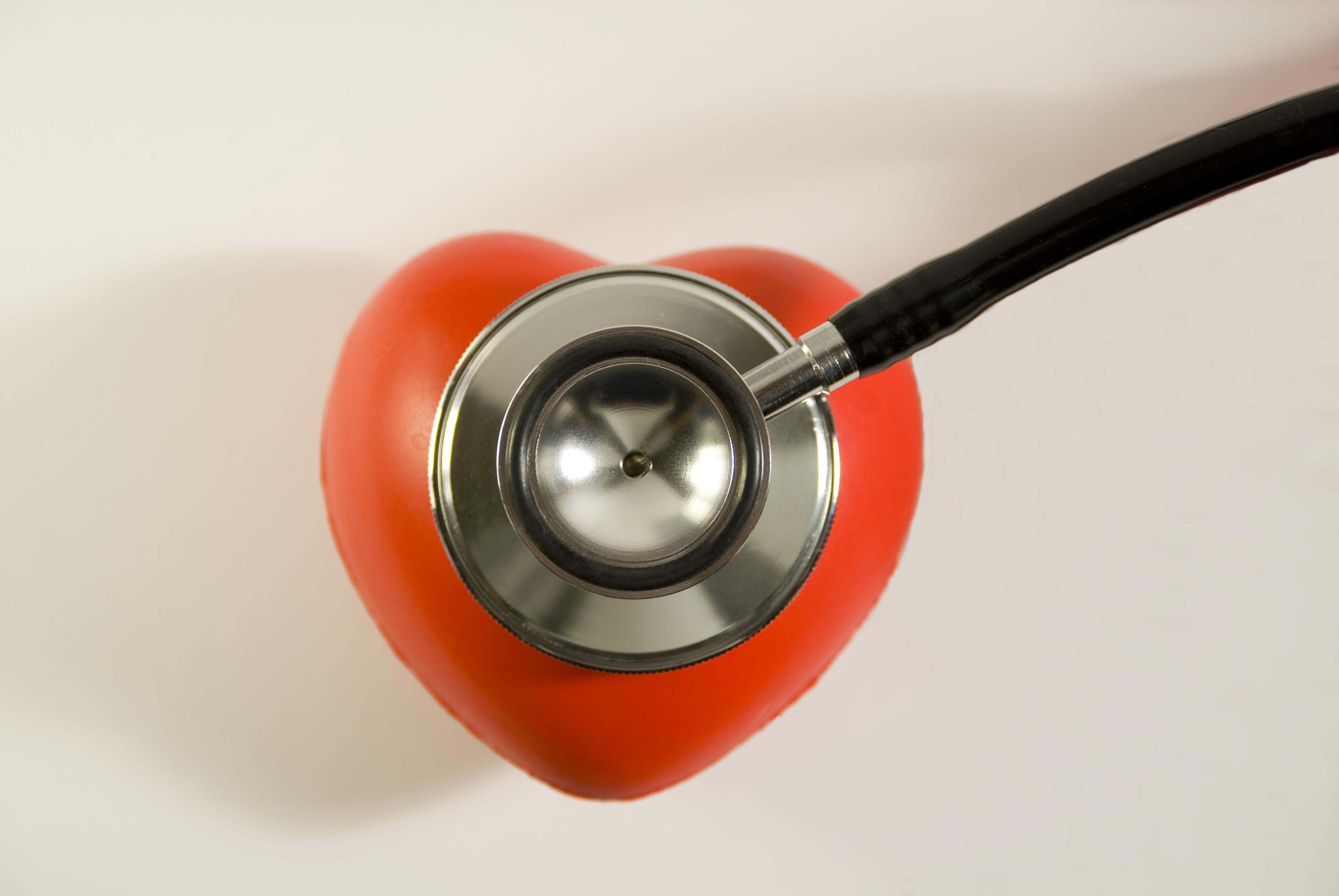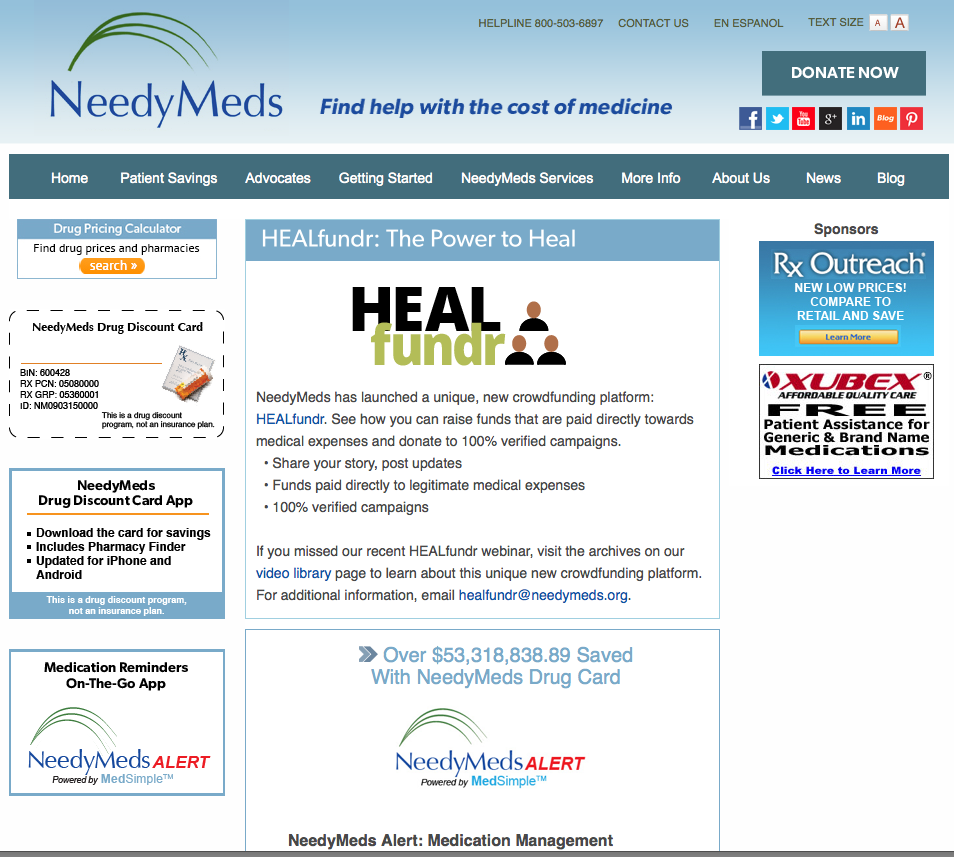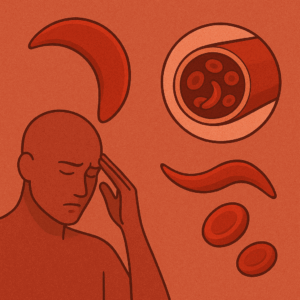Last Updated on October 21, 2024
This post was written in collaboration with, and is also available on, ZipTrials.us – your go-to source for top medical news and trending health stories.
As Juvenile Arthritis Awareness Month comes to a close, many still may be unaware of the disease. What are the symptoms? How prevalent is it, and what resources are available for affected children?
 The word “arthritis” is actually a broad term that covers over 100 musculoskeletal disorders, including osteoarthritis and rheumatoid arthritis. Juvenile arthritis is among them. More common than most people think, the condition actually affects almost 300,000 children in the United States. This makes juvenile arthritis more common than juvenile diabetes and cystic fibrosis combined. According to the U.S. Centers for Disease Control and Prevention (CDC), juvenile idiopathic arthritis is one of the most prevalent types of arthritis among people under the age of 18. Other common forms include juvenile rheumatoid arthritis and juvenile chronic arthritis.
The word “arthritis” is actually a broad term that covers over 100 musculoskeletal disorders, including osteoarthritis and rheumatoid arthritis. Juvenile arthritis is among them. More common than most people think, the condition actually affects almost 300,000 children in the United States. This makes juvenile arthritis more common than juvenile diabetes and cystic fibrosis combined. According to the U.S. Centers for Disease Control and Prevention (CDC), juvenile idiopathic arthritis is one of the most prevalent types of arthritis among people under the age of 18. Other common forms include juvenile rheumatoid arthritis and juvenile chronic arthritis.
On the whole, the condition affects girls more often than boys. The CDC also recognizes an increased risk for children with certain genetic make-ups. When it comes to symptoms, the signs may vary from child to child. However, the most common symptom is chronic and persistent joint swelling, pain and stiffness. This typically flares up upon waking in the morning or right after a nap. According to the National Institute of Arthritis and Musculoskeletal and Skin Diseases (NIAMS), juvenile arthritis usually affects the knees and the joints in the hands and feet. The NIAMS also recognizes the following common symptoms:
- Limping (especially upon waking)
- High fever
- Skin rash
- Swollen lymph nodes in the neck or other parts of the body
In terms of treatment, a pediatric rheumatologist may suggest physical therapy, occupational therapy, counseling, medications and more. According to the Arthritis Foundation, effective treatment aims to control inflammation and relieve pain. Maintaining a good quality of life is also key. Common drug treatments include pain relievers, anti-inflammatories, disease-modifying drugs, biologics and corticosteroids.
What help is available?
Patient assistance programs may be available for juvenile arthritis medications. The first place to check for assistance would be our Arthritis Disease Information Page. This page has all of the patient assistance programs (PAPs) for arthritis drugs listed in one spot – drug names that are listed in blue link to program information pages; those in black are unfortunately not available through a PAP at this time. We have also highlighted a handful of organizations with information on arthritis:
- Arthritis Foundation – Everything you could ever want to know about arthritis
- American College of Rheumatology – Information on education, treatment and research of arthritis
- Arthritis National Research Foundation – Dedicated to finding a cure for arthritis
- Treatment Diaries – An innovate social network that privately connects patients so they can share their experiences
In addition to the Arthritis Disease Information Page, we also have Diagnosis-Based Assistance listings of national and state-specific programs:
The programs listed on these pages offer a variety of services, including medical services and expenses, testing, co-payments, equipment and more. We also have nine camps listed for children and young adults with arthritis, that range from three-day retreats to year-round camps.
Know of a program we missed? Let us know in the comments or send us an e-mail to info@needymeds.org.




